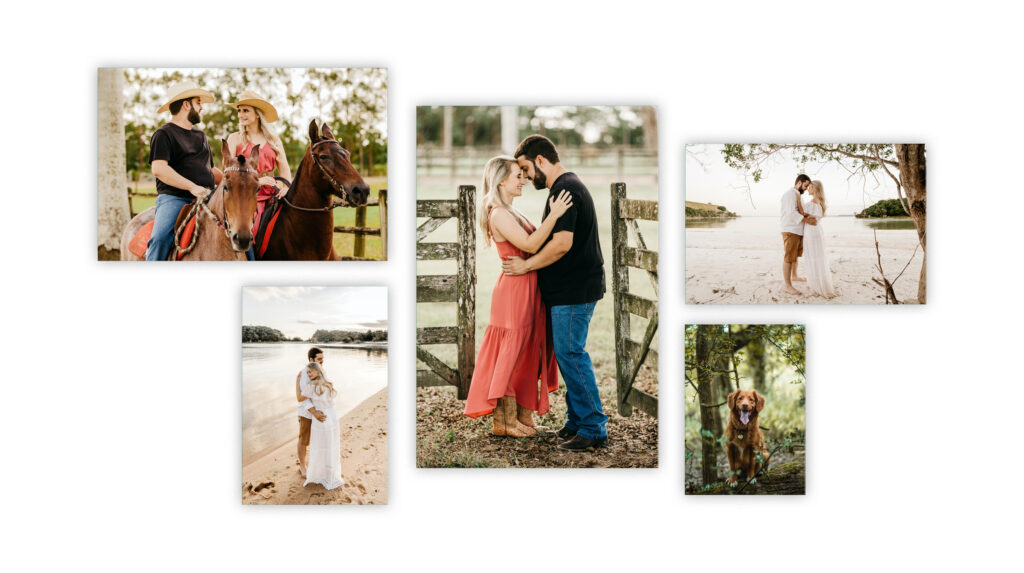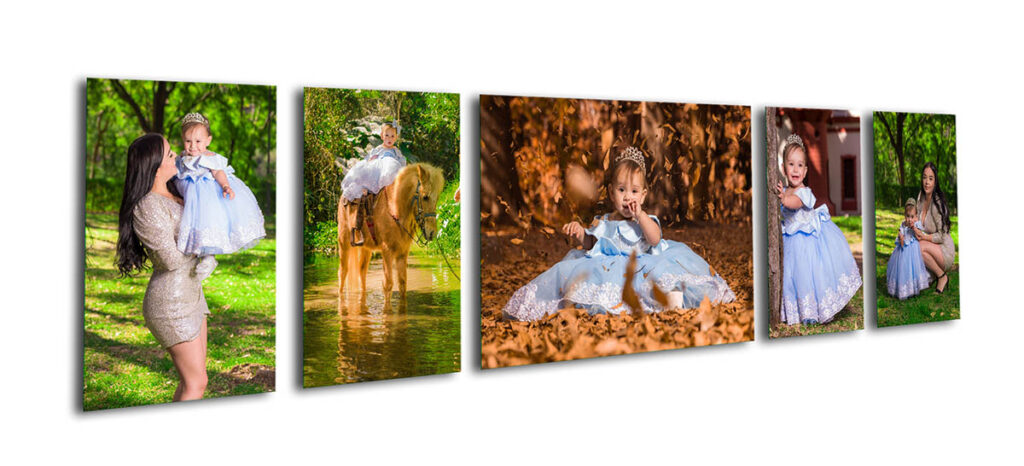
Capturing Memories: The Art of Photo on Glass Prints.
Book Chapters:
- Introduction to Photo on Glass Prints
- Understanding Different Types of Glass for Photo on Glass Prints
- The Creation Process of Photo on Glass Prints
- Customizing the Shape of Glass for Your Photo on Glass Print
- Achieving High-Quality Resolution for Photos on Glass Prints
- Printing Black and White Photos on Glass
- Displaying Photo on Glass Prints: Lighting Requirements
- Protecting Your Photo on Glass Print from Fading
- Framing Options for Photos on Glass Prints
- Chapter 10: Exploring Creative Ideas for Photo on Glass Prints
- Chapter 11: Using Photo on Glass Prints for Home Decor
- Chapter 12: Personalized Gifts with Photo on Glass Prints
- Chapter 13: Photo on Glass Prints for Special Occasions
- Chapter 14: Showcasing Your Business with Photos on Glass Prints
- Chapter 15: Maintenance and Care for Your Photo on Glass Print
“Capturing Memories: The Art of Photo on Glass Prints” is a comprehensive guide that delves into the world of photo-on-glass printing, exploring the different types of glass used, the creation process, customization options, resolution requirements, and more. Whether you’re a photography enthusiast, a home decor enthusiast, or a business owner looking to showcase your brand, this book is your ultimate resource for understanding and mastering the art of photo on glass prints.
In this book, you will learn about the various types of glass that can be used for a photo on glass prints, including tempered glass, acrylic glass, and float glass, along with their unique properties and applications. You will also gain insights into the creative process of photo on glass prints, from selecting the right image and preparing it for printing to transferring the image onto the glass and applying finishing touches for a professional result.
Customization is a crucial aspect of photo on glass prints, and this book will provide you with in-depth information on how you can customize the shape, size, and design of the glass to suit your preferences and needs. You will also discover tips and tricks for achieving high-quality resolution in your photo on glass prints, including recommendations for image size, DPI, and file formats to ensure stunning visual impact.
Black and white photos hold a special allure. This book will address the considerations for printing black-and-white photos on glass, including techniques for achieving optimal contrast and clarity. Additionally, you will learn about special lighting requirements for displaying an image on glass prints, including the impact of ambient lighting, backlighting, and other lighting techniques to enhance the visual appeal of your photos.
Preserving the longevity of your photo on glass prints is essential, and this book will guide you on how to protect your images from fading due to UV exposure, humidity, and other environmental factors. You will also explore options for framing your photo on glass prints, including different frame styles, materials, and installation methods to complement your images and elevate their presentation.
The latter chapters will dive into creative ideas for using a photo on glass prints in various contexts, such as home decor, personalized gifts, special occasions, and business branding. You will discover inspiring examples and case studies demonstrating photos’ versatility and impact on glass prints in different settings, along with practical tips on incorporating them into your projects.
Finally, the book will guide maintenance and care for your photo on glass prints, including cleaning techniques, handling precautions, and troubleshooting common issues. You will have all the tools and knowledge needed to create a stunning image on glass prints that capture memories and make a lasting impression.
Introduction to Photo on Glass Prints.
Welcome to the fascinating world of photo on glass prints! This chapter will discover the art of capturing memories on glass and creating stunning visual masterpieces. Whether you are a photography enthusiast looking to explore a unique printing medium, a home decor enthusiast seeking to elevate your interior design, or a business owner looking to showcase your brand creatively, this chapter will provide a comprehensive introduction to the world of photo-on glass prints.
Photographic-on-glass printing transfers an image onto a glass surface, creating a stunning and distinctive visual effect. The image can be a cherished photograph, a captivating piece of artwork, a memorable quote, or any other optical element that holds significance to you. The result is a unique piece of art that combines the beauty of glass with the personal touch of your chosen image.
One of the critical aspects of photo on glass prints is the type of glass used in the printing process. Different types of glass can be used for photo-on glass prints, each with unique properties and applications. Some common types of glass used for a photo on glass prints include tempered glass, acrylic glass, and float glass.
Tempered glass is known for its durability and strength, as it undergoes a unique heating and cooling process that increases its resistance to breakage. It is an ideal choice for large prints or prints displayed in high-traffic areas, as it is less prone to breakage and can withstand environmental factors such as temperature changes and humidity.
Acrylic glass, or plexiglass or acrylic sheet, is a lightweight and shatter-resistant alternative to traditional glass. It is known for its clarity and transparency, making it an excellent choice for a photo on glass prints that require a sleek and modern look. Acrylic glass is also UV-resistant, which helps to protect the image from fading due to sunlight exposure.
Float glass, or soda-lime glass, is the most common type used in everyday applications. It is made by floating molten glass on a bed of molten metal, resulting in a smooth and distortion-free surface. Float glass is a cost-effective option for a photo on glass prints and is widely used for various applications.
Creating a photo on glass prints involves several steps, including selecting the right image, preparing the image for printing, transferring the image onto the glass, and applying finishing touches to achieve a professional result. The image can be a digital photograph, a scanned image, or a digital artwork, and it should be chosen carefully to ensure a high-quality print.
Preparing the image for printing involves adjusting the image resolution, size, and format to meet the requirements for the printing process. The image should have a high resolution, typically at least 300 DPI (dots per inch), to ensure crisp and sharp details in the final print. The image should also be sized correctly to fit the desired glass size and shape and saved in a suitable file format such as JPEG or TIFF.
The image is then transferred onto the glass using a specialized printing process, which can vary depending on the type of glass and the printing technique used. Standard printing techniques for a photo on glass prints include direct UV printing, dye-sublimation printing, and digital printing. Each method has advantages and limitations, and the choice of printing technique will depend on factors such as the type of glass used, the desired image quality, and the budget.
After the image is printed onto the glass, finishing touches can be applied to enhance the visual appeal of the print. This may include adding a protective coating to the glass to prevent scratching or fading, a frame or mounting system from displaying the image or applying special effects such as texture or gloss for added visual impact.

Types of Glass for Photo on Glass Prints.
When creating a photo on glass print, the type of glass used plays a crucial role in the overall quality and aesthetics of the final piece. Several types of glass are commonly used in creating photos on glass prints. Let’s explore them in detail:
- Tempered Glass: Tempered glass is a type of safety glass known for its strength and durability. It undergoes a unique heating and cooling process that increases its resistance to breakage, making it ideal for large prints or prints displayed in high-traffic areas. Tempered glass is also less prone to shattering, making it a safe option for a photo on glass prints displayed in public spaces or homes with children or pets.
- Acrylic Glass: Acrylic glass, or plexiglass or acrylic sheet, is a lightweight and shatter-resistant alternative to traditional glass. It is known for its clarity and transparency, making it an excellent choice for a photo on glass prints that require a sleek and modern look. Acrylic glass is also UV-resistant, which helps to protect the image from fading due to sunlight exposure. Additionally, acrylic glass is less likely to break during shipping, making it a popular choice for online orders.
- Float Glass: Float glass, also known as soda-lime glass, is the most common type of glass used in everyday applications. It is made by floating molten glass on a bed of molten metal, resulting in a smooth and distortion-free surface. Float glass is a cost-effective option for a photo on glass prints and is widely used for various applications. However, it may not be as durable as tempered or acrylic glass and may require additional precautions to prevent breakage or damage.
- Low-Iron Glass: Low-iron glass, also known as extra-clear glass or sapphire glass, is a type of glass that has a reduced iron content, resulting in a higher level of clarity and color accuracy. This makes it an excellent choice for a photo on glass prints that require a high level of detail and vibrancy in the image. Low-iron glass is often used for a premium photos on glass prints, where image quality and visual impact are of utmost importance.
- Frosted Glass: Frosted glass, also known as acid-etched glass, has been treated with an acid or sandblasting process to create a frosted or opaque appearance. This type of glass is often used for a photo on glass prints requiring a diffused or translucent effect, such as prints meant to be backlit or displayed in a window. Frosted glass can add a unique and artistic touch to the photo on glass prints, creating a sense of depth and texture in the final piece.
- Mirrored Glass: Mirrored glass, as the name suggests, has a reflective surface that can add a touch of elegance and sophistication to the photo on glass prints. Mirrored glass can be used as a standalone glass print or combined with other types of glass to create interesting visual effects. It is often used in interior design and home decor applications, where the reflective properties of the glass can make a stunning focal point in a room.
- Tinted Glass: Tinted glass, also known as colored glass, has been treated with a unique tinting process to add color to the glass surface. Tinted glass can be used to create photos on glass prints with a unique and artistic look, as the color of the glass can interact with the image to create interesting visual effects. Tinted glass is available in various colors, allowing creative customization options for photos on glass prints.
In conclusion, the type of glass used in creating photos on glass prints plays a significant role in the final result. From tempered glass for durability, acrylic glass for clarity, float glass for affordability, low-iron glass for high-quality image reproduction, frosted glass for diffused effects, mirrored glass for elegance, to tinted glass for artistic customization, there are various options to choose from based on your desired outcome and budget.
It’s essential to consider factors such as the intended use, location of the display, and aesthetic preferences when selecting the type of glass for your photo on glass print. For example, if you plan to display the image in a high-traffic area or public space, tempered glass or acrylic glass may be suitable for its durability and safety features. On the other hand, low-iron glass may be the best option to achieve a premium, high-quality image with accurate colors.
Additionally, the type of glass chosen may also impact the overall cost of the photo on glass print. Tempered and acrylic glass tends to be more expensive than float glass, while low-iron glass may have a higher price tag due to its enhanced clarity. Frosted, mirrored, and tinted glass may also have additional costs associated with their unique properties and customization options.
Ultimately, the choice of glass for your photo on glass print will depend on your specific requirements and preferences. It’s recommended to work with a professional image on glass print provider who can guide you in selecting the correct type of glass based on your needs and budget, ensuring that you achieve a stunning and long-lasting result for your cherished memories captured on glass.
Author Profile

Latest entries
- December 30, 2023Photo PrintsDigital Art Laminated in Glass or Acrylic: Why Galleries and Artists Prefer the Shimmering Shield
- December 30, 2023Photo PrintsDPReview’s Year in Review
- October 5, 2023Photo PrintsAI Photo and Decoration: The Future of Displaying Memories
- October 5, 2023Photo PrintsHome Decoration: Elevating Interiors with Glass Photo Prints
